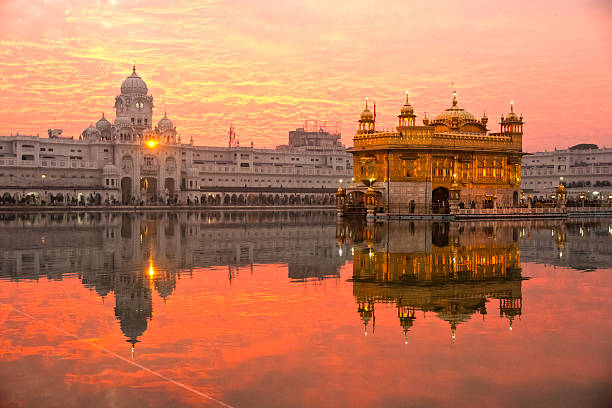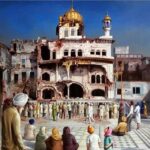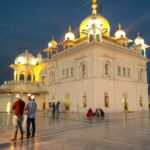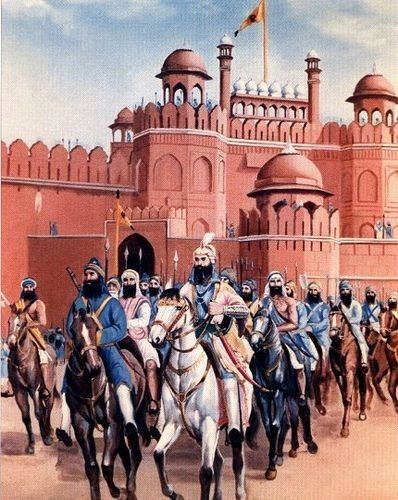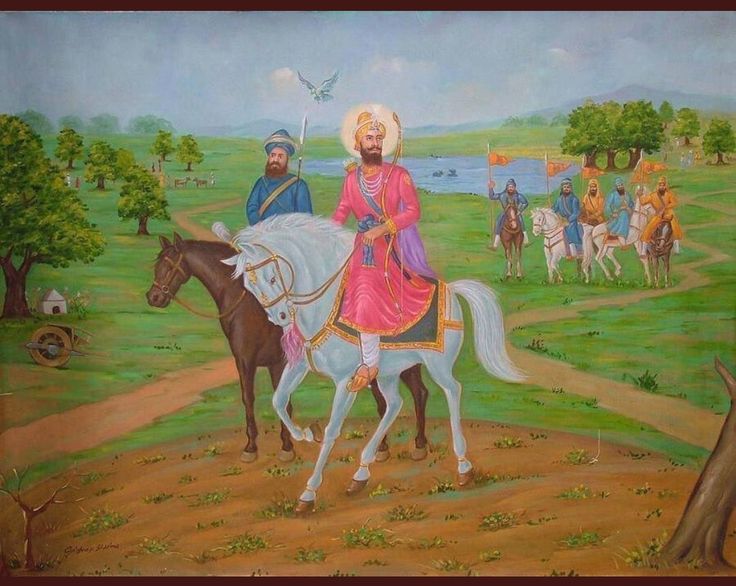The Harmandir Sahib, or Golden Temple, holds a special place in the hearts of millions due to several remarkable aspects.
Table of Contents
ToggleSpiritual Significance
The Harmandir Sahib popularly known as the Golden Temple holds exceptional spiritual significance in Sikhism As the holiest shrine in the faith it stands as the central place of worship and meditation for Sikhs globaly. Its sanctity is palpable through the serene atmosphere pervading the temple complex.
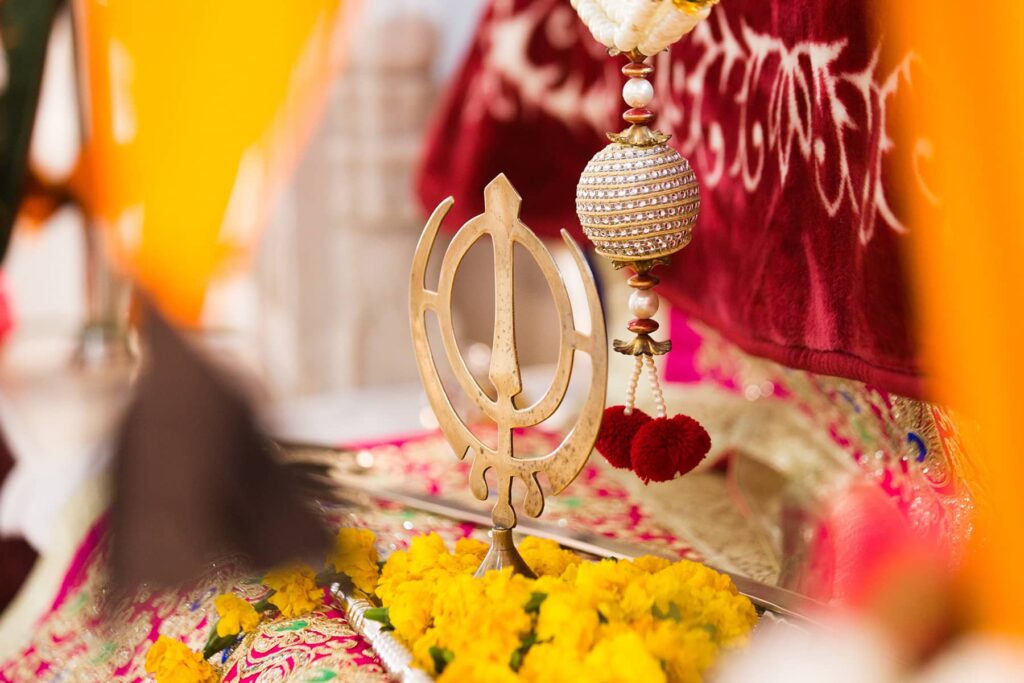
Devotees immerse themselves in the constant recitation of Gurbani the sacred scripture of Sikhism fostering deeply spiritual ambiance. The Golden Temple serves as a beacon of spiritual enlightenment drawing pilgrims from all corners of the world who seek solace guidance, and connection with the divine.
Architectural Marvel
The Golden Temple stands as testament to architectural brilliance captivating visitors with its mesmerizing beauty and harmonious design. Renowned worldwide for its architectural splendor the temple boasts striking golden dome that gleams in the sunlight complemented by pristine marble walls adorned with intricate designs. This architectural masterpiece seamlessly merges elements of Islamic and Indian style exemplifying the inclusive ethos and unity central to Sikhism.
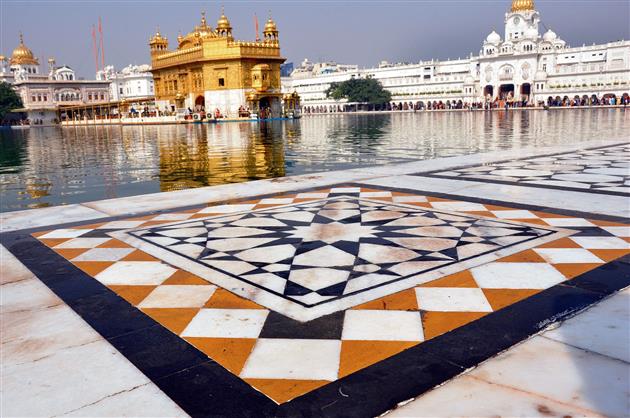
Every aspect of its design, from the intricate patterns to the grandeur of the structure, serves as visual representation of the spiritual principles espoused by Sikh teachings. As a symbol of architectural excellence and cultural synthesis the Golden Temple continues to inspire awe and reverence among all who behold its magnificence.
Historical Importance
The Golden Temple well-established in the 16th century by the 5th Sikh Guru Arjan Dev Ji is of great historical sense. It remains tenacious emblem of Sikh faith and tenacity having withstood centuries of unrest and misfortune. The temple has endured wars and invasions over the years but its dedication to tolerance and peace has never wavered.
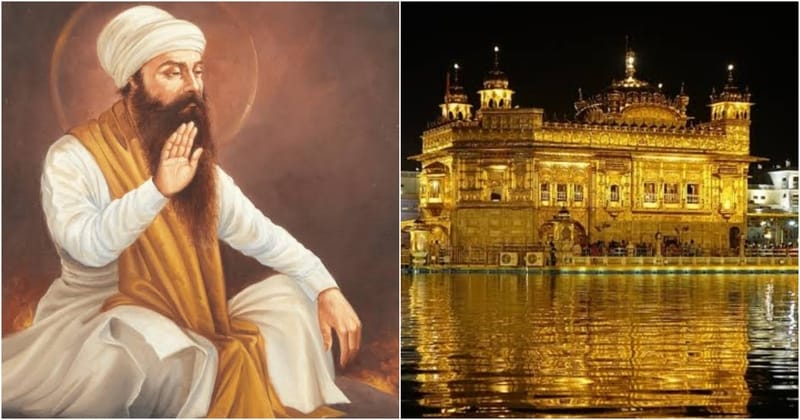
Its continued existence is evidence of the unwavering spirit of Sikhism and represents both the followers and the religions resiliency. The Golden Temple a refuge and a lighthouse of hope, never fails to awe and adore people serving as constant reminder of the strength of compassion, faith, and solidarity in the face of hardship.
Community Service
Deep devotion to the Sikh ideal of seva or selfless service is at the core of the Golden Temple. The temple welcomes everyone with its langar, or communal kitchen which provides free meals to tens of thousands of guests every day regardless of their background. This honorable custom exemplifies the core of Sikhism which embraces all people as equals and transcends boundaries of religion caste and creed.
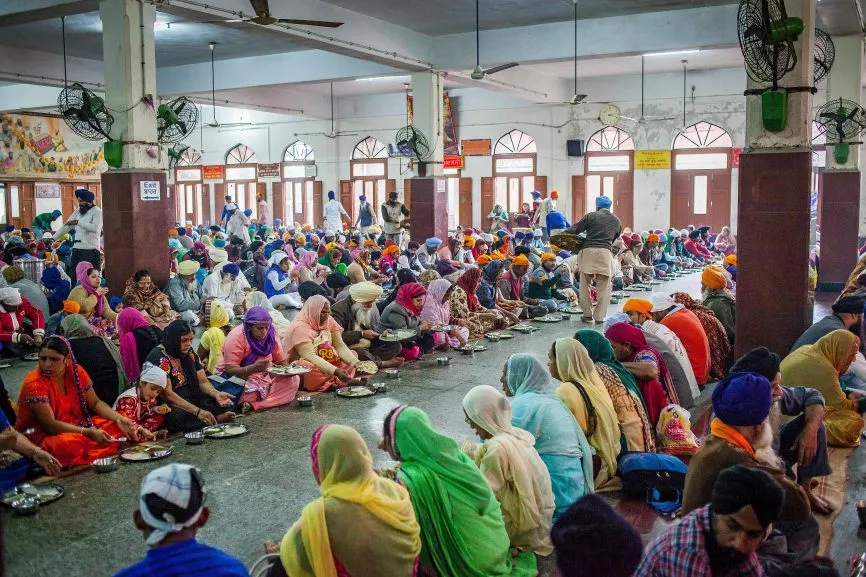
The Golden Temple is the embodiment of the Sikh belief in equality, compassion, and the inherent dignity of every person by offering food and nourishment to the body and soul. Its steadfast commitment to helping people is a prime example of the transformational power of seva which inspires kindness and cultivates a feeling of community among everyone who benefit from its blessings.
Symbol of Unity
The Golden Temple, which embodies Sikhism inclusive attitude, is a potent symbol of equality and unity. Attracting individuals from all backgrounds, the temple acts as a unifying factor, bringing people together for prayer and contemplation. Its wide doors to everyone, regardless of socioeconomic standing, country, or religion, confirm the love, humility, and universal brotherhood that are central to Sikh teachings.

Humanity is embraced as one family within its hallowed confines, where divisions vanish. Beyond its actual walls, the Golden Temple’s timeless message of harmony inspires peace and understanding among individuals from all walks of life. It keeps serving as a beacon of kindness and inclusivity, reminding us all of our shared humanity.
Spiritual Experience
For many pilgrims, a visit to the Golden Temple frequently results in intense spiritual experiences. Visitors are engulfed in sense of calm and tranquility as they take in the serene atmosphere and the melodic melodies of hymns. The presence of pious people praying and reflecting adds to the ambiance and strengthens one’s bond with God. In the sacred confines of the temple, amid the flickering light of innumerable candles and the steady recitation of Gurbani, people set off on a path of self-examination and metamorphosis.
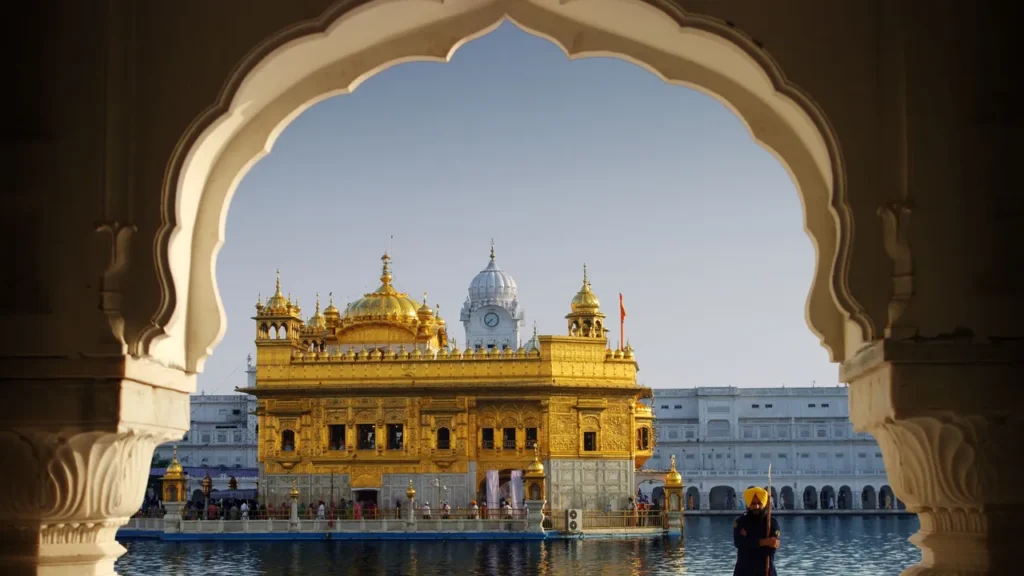
Here, at the center of this hallowed sanctuary, spirits are revived, burdens are lifted, and souls are touched. The Golden Temple’s timeless appeal is derived from both its magnificent architecture and its capacity to arouse spiritual
Divine Amrit Sarovar
The Golden Temple is surrounded by the hallowed Amrit Sarovar, also known as the “Pool of Nectar,” a celestial body rich in spiritual meaning. Its waters, according to Sikh tradition, are endowed with healing qualities, providing comfort and rejuvenation to everyone who seeks its blessings. It is thought that dipping oneself in sarovar will purify one’s spirit and soul, promoting inner peace and spiritual development.
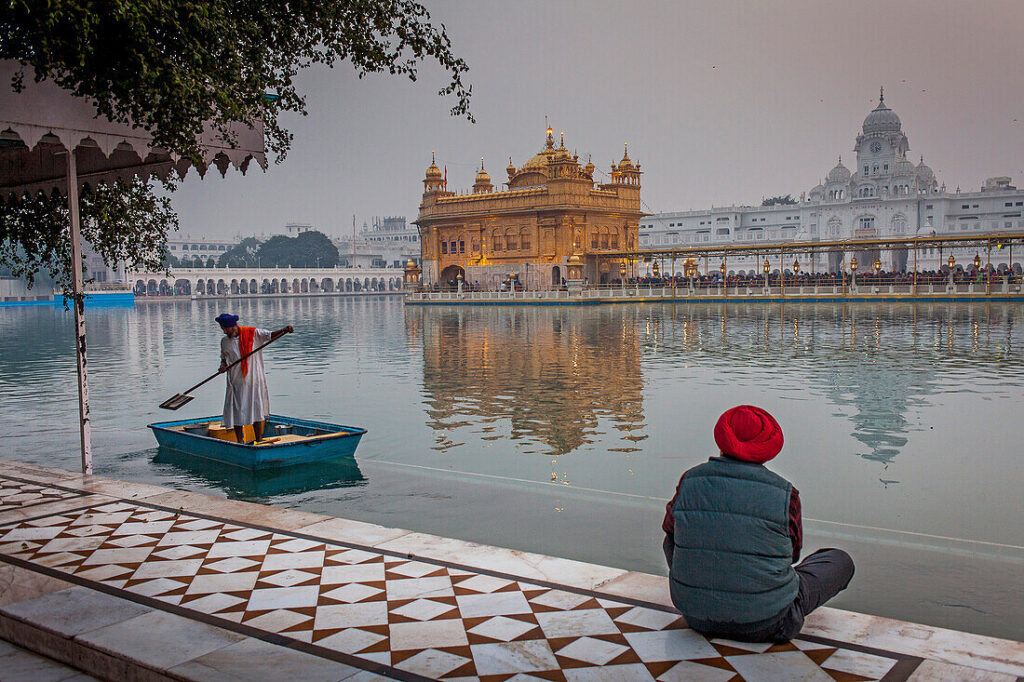
Wading into its tranquil depths, pilgrims participate in an age-old purifying ritual that represents their dedication to spiritual development and regeneration. As a holy channel, the Amrit Sarovar envelops followers in the healing waters of Sikhism’s everlasting embrace and connects them to the divine spirit of the religion.
Akhand Path and Continuous Kirtan
The two age-old practices of Continuous Kirtan and the Akhand Path are the foundation of the Golden Temple’s spiritual vitality. The Akhand Path is day and night long recitation of the Guru Granth Sahib, the holy book of Sikhism that takes place inside the temples hallowed halls. The uninterrupted interpretation, referred to as the Akhand Path guarantees that the divine knowledge present in the Guru Granth Sahib will always be available to those who are in need of comfort and direction.
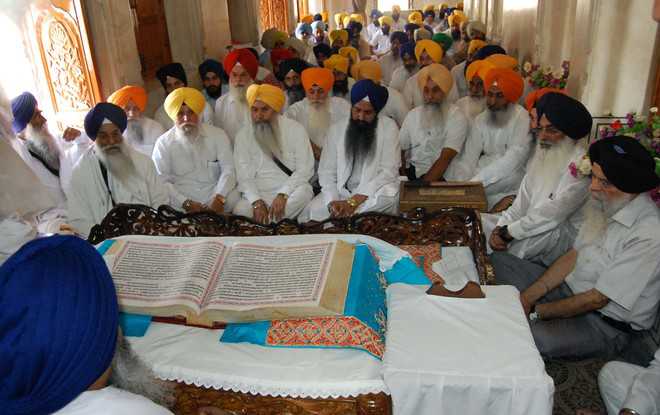
In harmony with the recitation, devotional music fills the air through Continuous Kirtan, an uplifting practice that elevates the spirits of devotees. Melodious hymns and prayers resound throughout the day, weaving a tapestry of devotion that envelops pilgrims in divine embrace. Together the Akhand Path and Continuous Kirtan create an atmosphere of spiritual resonance inviting all who enter the Golden Temple to immerse themselves in the eternal melodies of Sikh devotion and find solace in the timeless wisdom of the Guru Granth Sahib.
Ghanta Ghar (Clock Tower)
Within the Golden Temple complex stands the majestic Ghanta Ghar, or Clock Tower, a prominent feature that marries functionality with architectural splendor. Serving as more than just a timekeeping device, the Ghanta Ghar symbolizes the passage of time and the enduring nature of Sikh teachings. Its towering presence adds to the grandeur of the site, commanding attention and reverence from all who behold it.
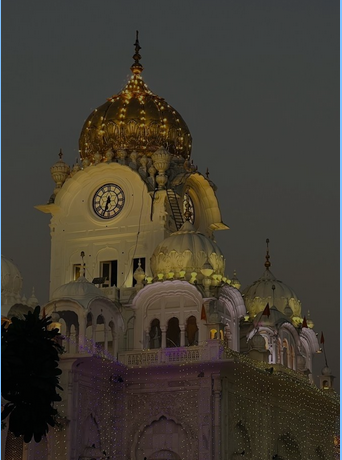
The Ghanta Ghar, with its unstoppable clock hands, reminds us of the fleeting nature of earthly concerns in contrast to the timeless principles enshrined in Sikhism. Sikh teachings’ ageless values of compassion, equality, and service are persistently upheld by this silent sentinel, which bears witness to the tides of history. The Ghanta Ghar, with its formidable height, epitomizes the eternal essence of Sikhism and acts as a source of motivation for future generations.
Historical Events
Throughout history, the Golden Temple has borne witness to significant events that have left an indelible mark on Sikhism and India. Notable the Jallianwala Bagh massacre of 1919 saw British troops unleash violence upon peaceful protesters near the temple spurring Indias fight for independence. Similarly in 1984, Operation Blue Star unfolded, as the Indian government launched a military operation to remove Sikh militants from the temple complex.

These events, marked by tragedy and loss of life underscore the Golden Temples role beyond religious significance. Despite enduring such turmoil, it remains symbol of resilience and spiritual fortitude. Today the temple stands as testament to the enduring spirit of Sikhism and beacon of hope, healing, and reconciliation for people worldwide.
Festivals and Celebrations
During Sikh holidays like Guru Nanak Jayanti, Vaisakhi, and Diwali, the Golden Temple is alive with activity and color. Thousands of devotees travel from all over the world to participate in the festivities during these happy times, turning the temple into hive of activity. In the middle of the melodic chants of hymns and the enticing aroma of incense, followers gather in festivity, cultivating a feeling of solidarity and companionship.
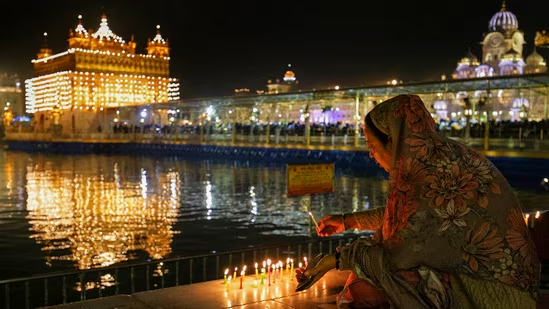
Laughter, love, and the smell of delectable cuisine ready for potluck dinners fill the air. These celebrations offer chances for spiritual rejuvenation and introspection in addition to honoring Sikh customs and legacy.
Artwork and Ornamentation
The Golden Temple is home to wealth of exquisite artwork that enthralls the senses and is embellished with artistic mastery. Every inch of the temple is decorated with exceptional artistry ranging from colorful paintings and gilded panels to delicate marble inlay. In addition to being a visual feast these artistic embellishments provide windows into Sikh teachings and history.

The rich legacy of the Sikh community is brought to life via painstakingly created settings and symbols, providing visitors with an insight into the deep spiritual journey of the religion. Every brushstroke and every carved feature in the temple is evidence of the devotion and reverence that went into its decoration.
